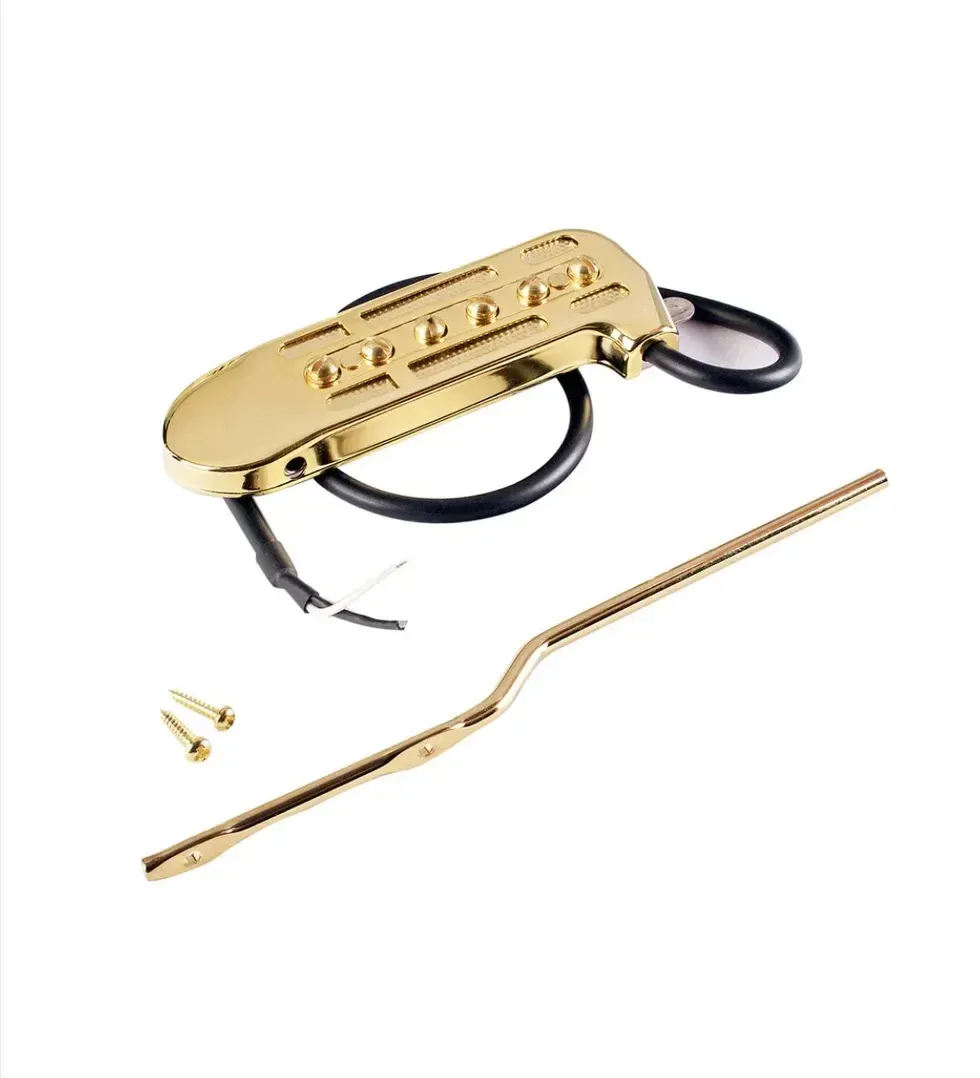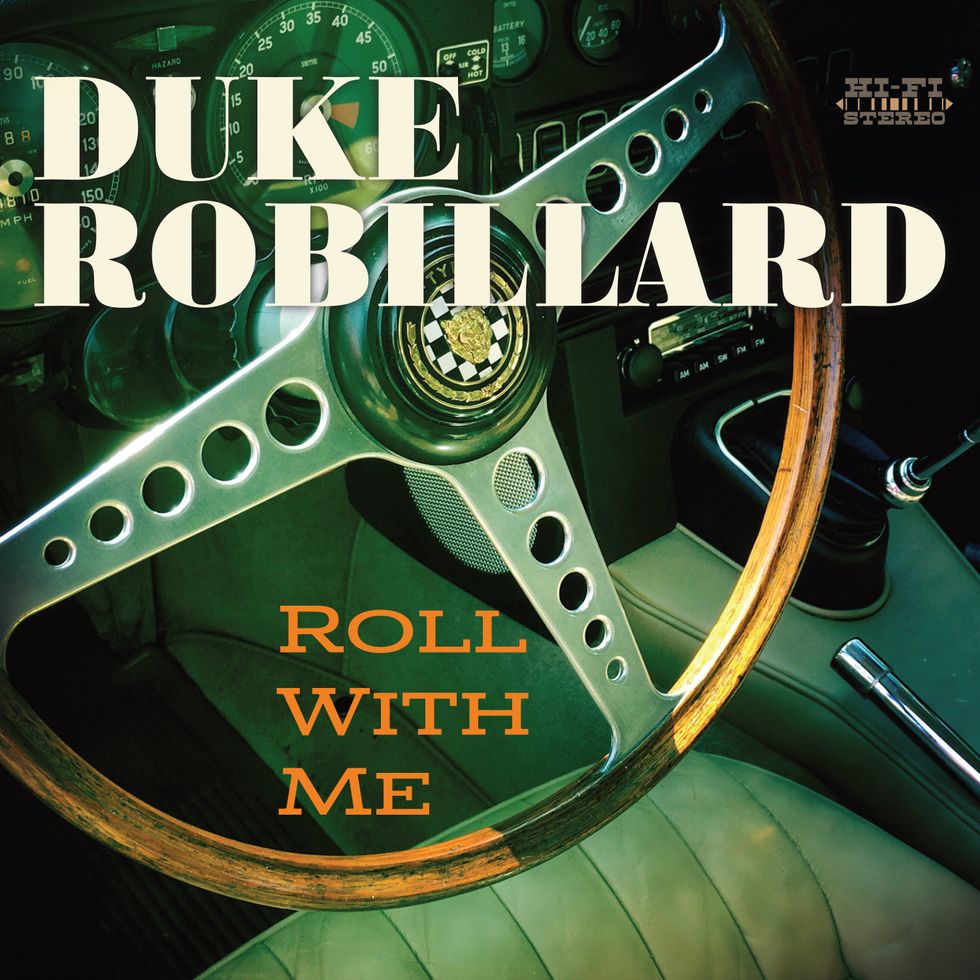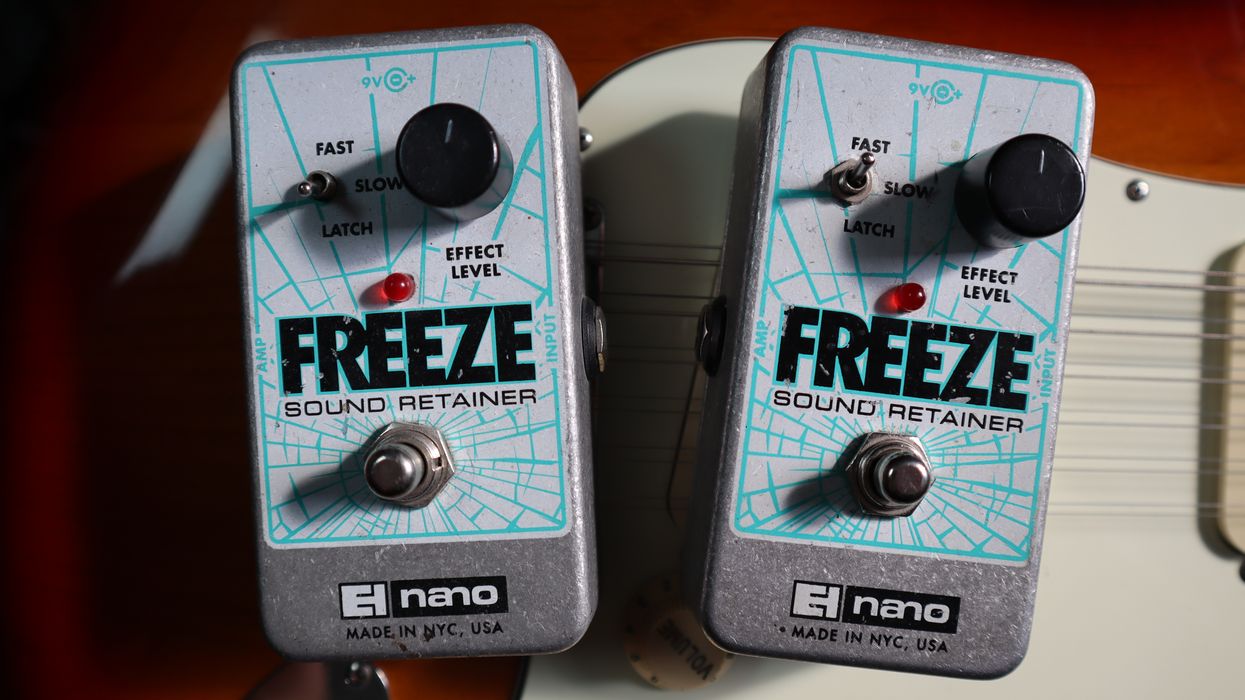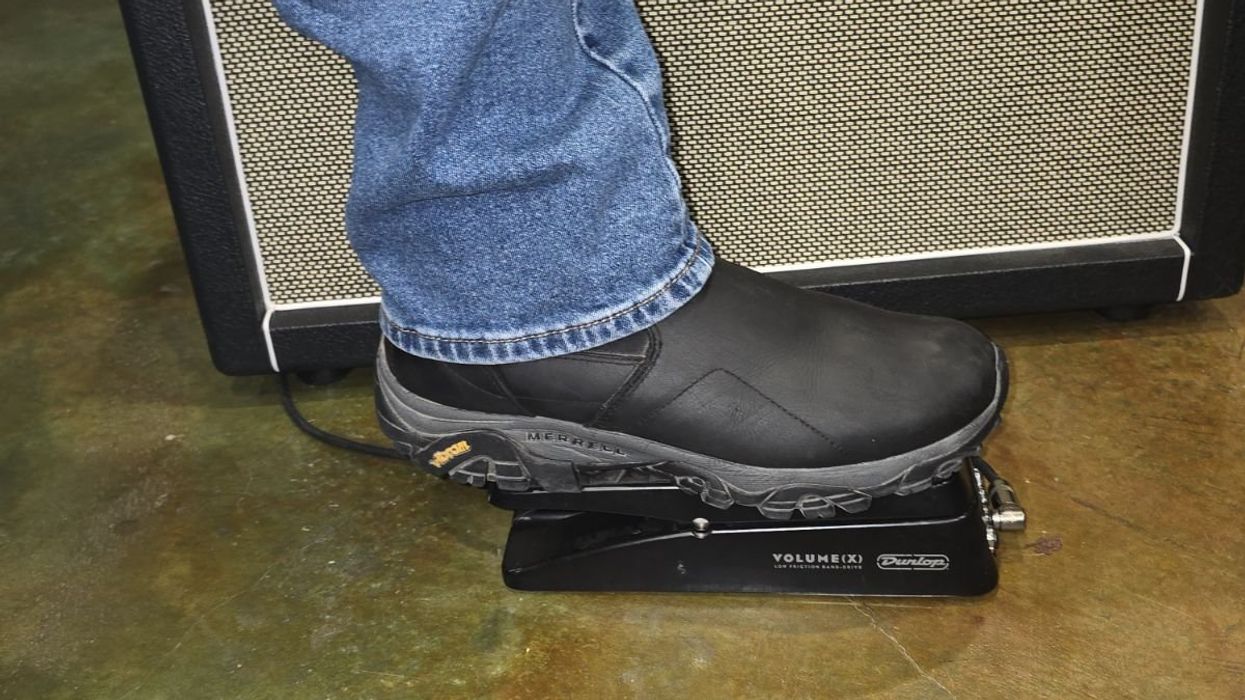I’m on the hunt for an attenuator, so I’ve been prowling music shops and hunting online to find just the right one that will preserve my tone, but reduce it to a volume that will keep the neighbors from calling the cops—or keep a club’s soundman off my back.
“What’s an attenuator?” That’s a question we get a lot at PG, and the answer is: a device that allows you to drive your tube amp hard without the volume that comes with turning up. As we all know, pushing tubes really makes an amp sing, and getting that tone at a reduced volume can be a feel-good experience for everybody.
An attenuator is connected between an amp and a speaker using two regular speaker cables—one from the amp to the attenuator and one from the attenuator to the speaker. Then you dial in your tone and volume, and you’re set.
“Pushing tubes really makes an amp sing, and getting that tone at a reduced volume can be a feel-good experience for everybody.”
There are four types of attenuators: passive, active, resistive, and reactive. Passive attenuators rely on weakening the power of the signal and improving the impedance match between the guitar and the amp. They don’t require any sort of external power supply, and they used to have a reputation for frying tubes and overheating amps, but modern tech has reportedly cured those concerns. Active attenuators do require external power. This is because they are designed not only to attenuate a signal but also to boost it. So, essentially, an active amp attenuator takes a portion of the amp’s signal and reduces it or increases it to give it more drive.
The main difference between resistive and reactive load attenuators is that a reactive attenuator lowers the amp’s output while maintaining its impedance curve. This means that, regardless of the amount of attenuation, your tone will maintain as much transparency as possible. Resistive attenuators don’t maintain that impedance curve, and as attenuation increases, the color of your tone changes, becoming more compressed and darker.
Now, let’s take a look at some of the attenuators I investigated, in different price ranges.
JHS Little Black Amp Box
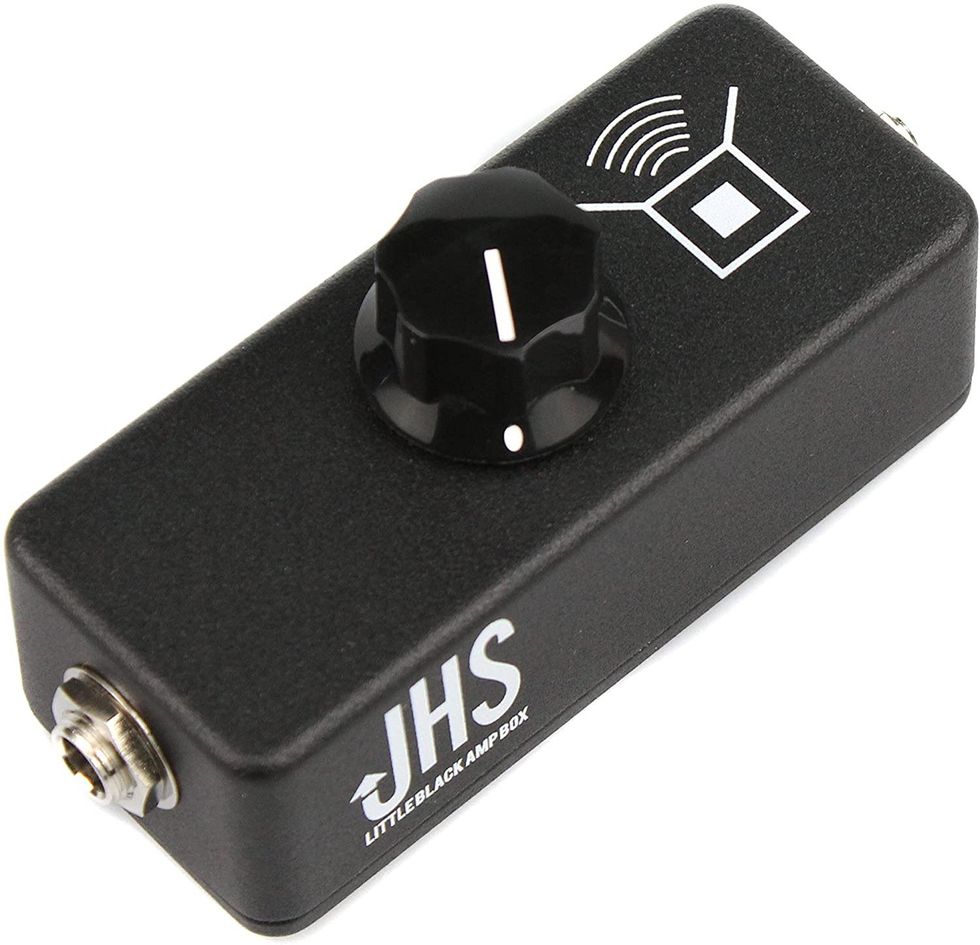
This is a passive attenuator, meant for use only through an effects loop. It does an effective job of attenuation, but it sounds thin compared to the active (and more costly) attenuators I listened to. It changes the tone more, too, but at a $65 street price it can easily get you in the game.
Two Notes Torpedo Captor X
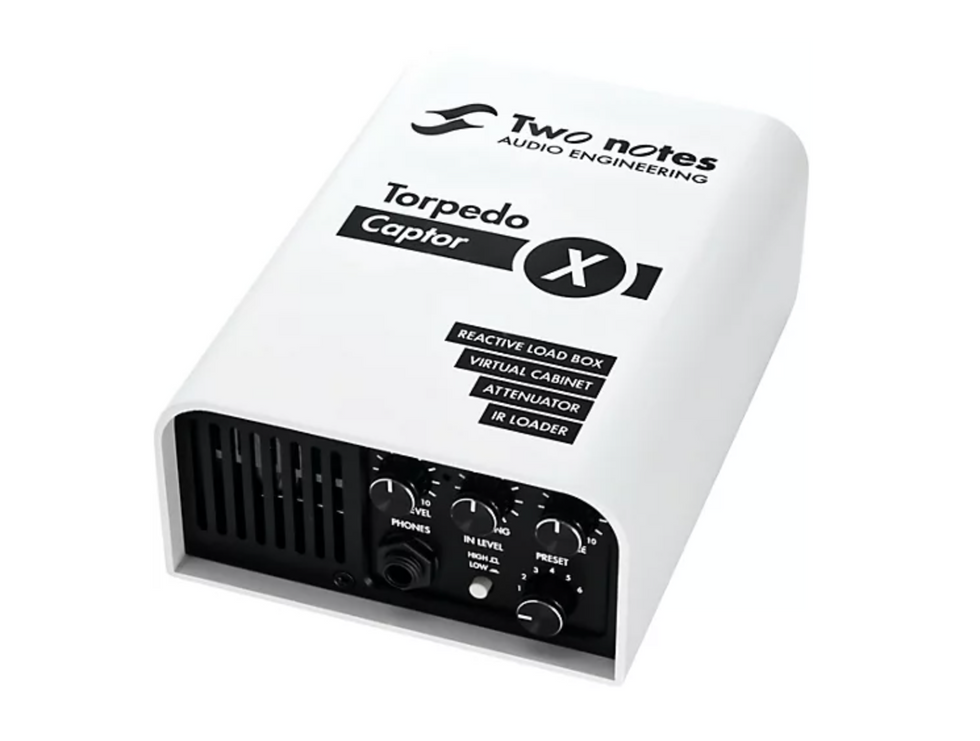
The Torpedo Captor X from Two Notes is a multi-function tool with lots of bells and whistles. It’s a compact and portable reactive load box, amp attenuator, miked-cab simulator, IR loader, and stereo expander. Although I didn’t get to experiment with all of its capabilities, this is a great sounding attenuator—very effective, and it maintains your tone while lowering the volume. But at $599 street, it’s an investment, as are all top-shelf attenuators.
Radial Headload Prodigy

The Prodigy is an excellent sounding box and does a good job attenuating the signal to your speaker. Like the Two Notes, it has more functions than attenuation, but you can choose 100 percent, 50 percent, or 25 percent attenuation. It includes a DI and nice high and low EQ controls—along with a built-in headphone amp. The Prodigy uses custom ceramic-coated resister coils to convert the excess power from your amp into heat. And like the Torpedo Captor X, it’s priced at $599 street.
Dr. Z Brake-Lite
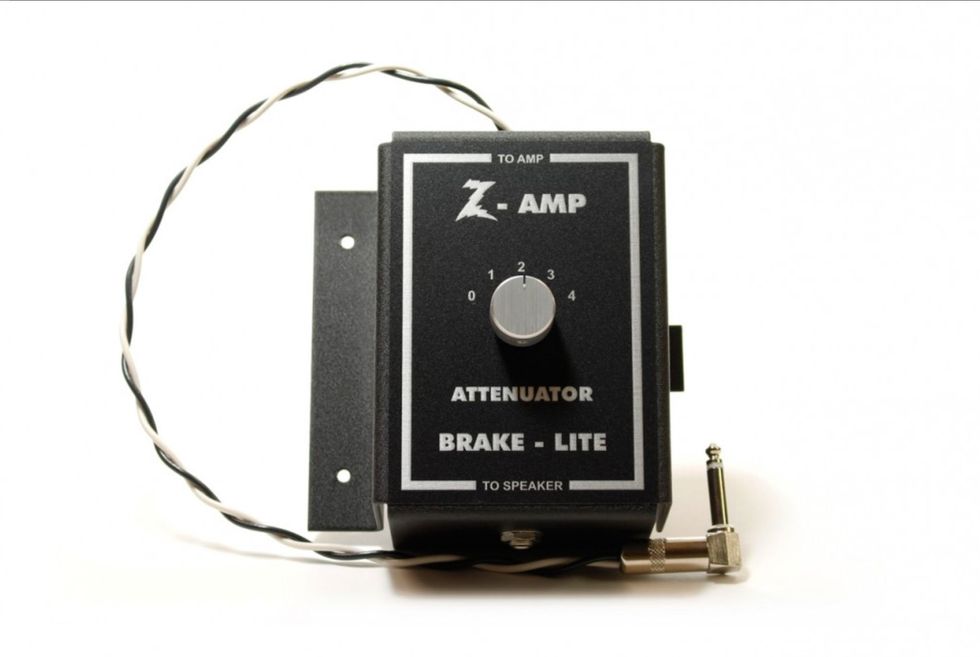
This attenuator from amp-builder Dr. Z sounds great and does a good job of maintaining sound and tone while lowering the volume of your amp. It’s very simple to use, with a 5-position switch for different amounts of attenuation. This box accepts 4-, 8-, or 16-ohm loads. It has parallel speaker outputs, letting you run multiple cabinets. It’s only compatible with tube amps up to 45 watts, so it won’t work with your Marshall stack. But this device packs a lot of bang for $399 street.
Universal Audio OX Amp Top Box
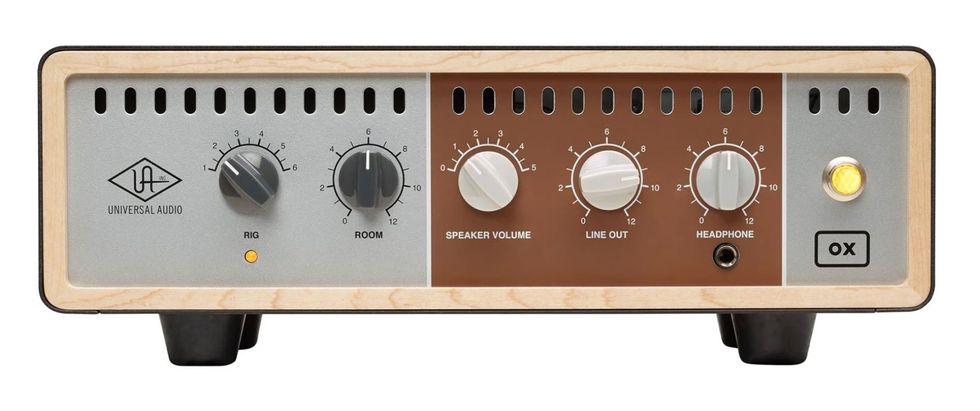
This is the Cadillac of attenuators—a very high-quality device using premium analog components. In addition to a top-notch attenuation circuit, the OX Box features Universal Audio’s Dynamic Speaker modeling technology, giving you access to dozens of spot-on mic and guitar cabinet emulations. But like a Cadillac, it ain’t cheap, at $1,499 street. PS: If you’re a Buddy Miller fan, the OX is an important component of his tone.
What I discovered in my hunt is that if you’re looking to maintain your tone at lower volumes, you are probably better off spending more on an active attenuator. Passive attenuators tend to change your tone while bringing your volume down. So, if it’s within your budget, it’s worth paying more for the good stuff.
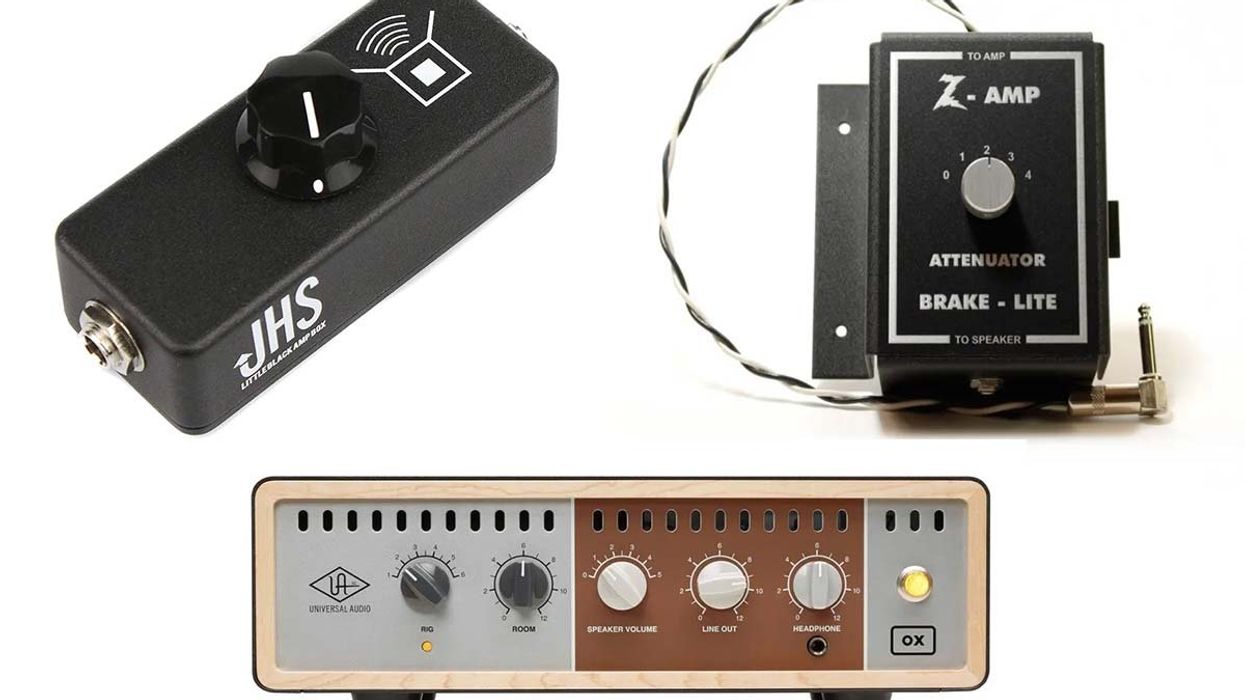


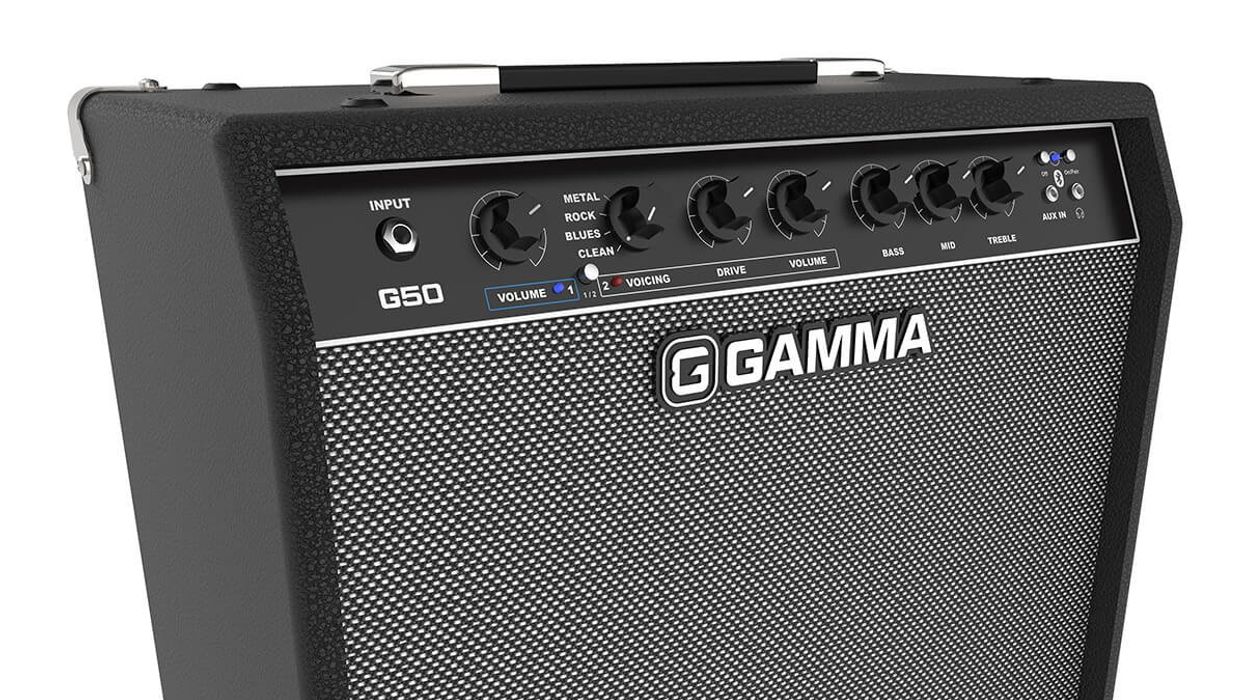
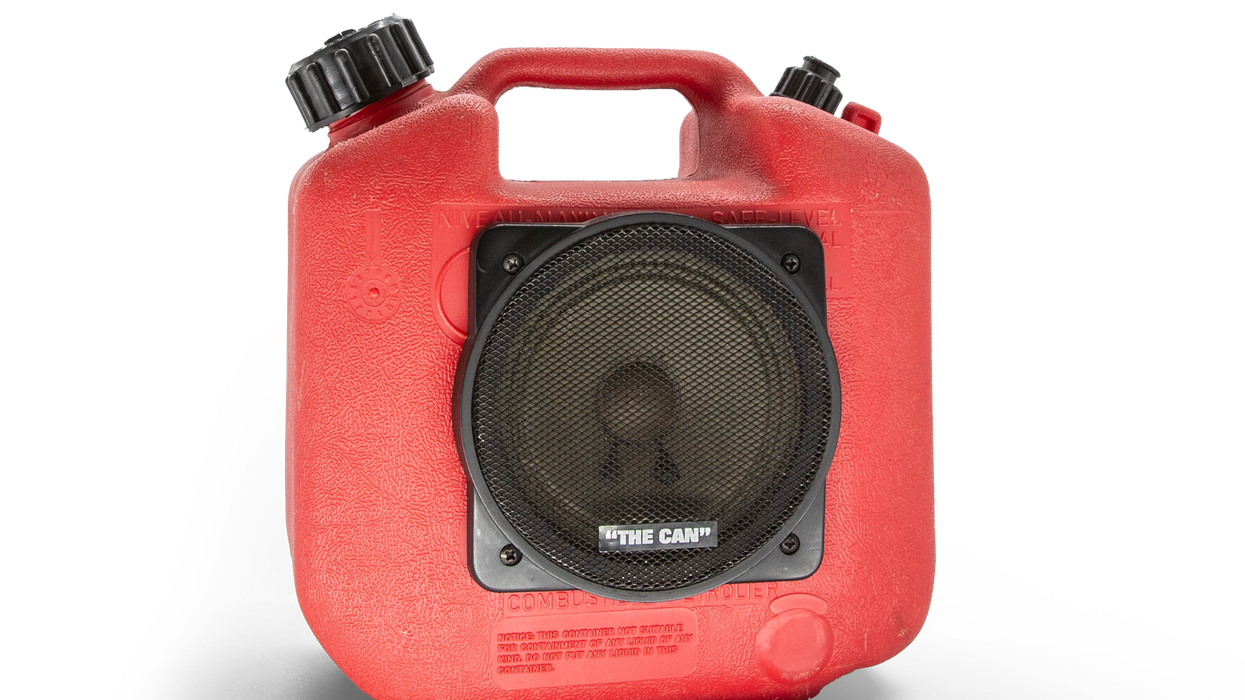


 Guitarists are used to coveting cranky, old gear, but if you’re not a rack user, the H3000 might not be for you! If you ever see one of these in a studio, be sure to take some time to check it out, and maybe give the plugin a try.
Guitarists are used to coveting cranky, old gear, but if you’re not a rack user, the H3000 might not be for you! If you ever see one of these in a studio, be sure to take some time to check it out, and maybe give the plugin a try.







